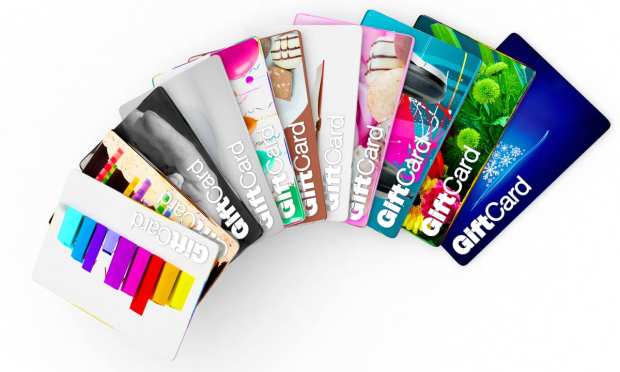Gift Cards Poised For Big Role In Post-Pandemic Purchasing

While the COVID-19 pandemic will eventually come to an end, many of the changes it has brought will likely persist into the future. Digital has certainly advanced further and faster than anyone predicted at this time last year, and the ground that’s been taken is unlikely to ever be surrendered back, Helena Mao, vice president of global product strategy for payment solutions at Blackhawk Network, told PYMNTS in a recent conversation.
“I think a lot of these changes are here to stay,” she said. “As human beings, when we get to experience something better and more convenient — especially in our busy lives — we hold on to it. I don’t foresee us reverting to the way it used to be even after the pandemic is over and we are able to walk around without masks on.”
That’s the reality that the majority of consumers — 78 percent, according to Blackhawk’s data — are already anticipating a post-pandemic world where their shopping habits will permanently shift to digital. And a little under half (44 percent) see themselves as highly unlikely to ever return to the old normal.
Mao, whose company provides solutions for payments, prepaid cards and gift cards, said the only way for merchants to go is forward, because going back isn’t an option.
Digital Gift Cards’ Growth
Digital gift cards were already seeing rising popularity before COVID-19 pressed its foot down on the accelerator on all things digital, but the pandemic has sharply increased their prevalence in shoppers’ carts this holiday season.
Blackhawk has found more than 52 percent of shoppers have purchased or received a gift card this season already, and consumers — particularly younger ones — are showing a stronger affinity than ever for them this year. Some 55 percent of millennials report being interested in giving digital gift cards this year, while 67 percent report hoping to receive one.
On the whole, Mao said Blackhawk’s expectation is that gift card spend will increase 19 percent during 2020’s holiday shopping season when compared to a year ago. She said a few factors — some more obvious than others — are pushing that trend.
For instance, people are simply directing more spend at gift cards this holiday season. Mao said Blackhawk’s survey found the majority of consumers expecting to purchase 10 gift cards this year on average — roughly double what they reported buying last year.
Moreover, they’re dedicating a large share of their holiday spend (40 percent on average) to gift cards. That’s a 19 percent pick-up over last year.
Not All ‘Gift’ Cards Are Gifts
But the increased action by gift-givers is only telling part of the story. Mao said 2020’s increased online shopping is also pushing up gift card demand among consumers looking for alternative ways to transact digitally.
“We can’t forget about the underbanked and the unbanked, or the cash-preferring customer base,” she said.
Mao noted that the United States alone has about 55 million underbanked or unbanked consumers, while roughly 26 percent of 2019’s retail transactions involved cash.
“If you think about the shift to online and in-app shopping behavior change that the pandemic has caused, customers who are cash-preferring or who don’t have a debit card or credit card are going to be challenged to shop in this new environment,” she said. “In this world, gift cards actually come in as a great bridge between the digital and physical world.”
Mao said building bridges between those two worlds isn’t just going to be a push that finishes out the year 2020, but a theme that carries forward in 2021 and beyond. She said consumers are increasingly expecting next-level digital services across the board from merchants whenever and however they want to transact.
Building the Next Stage
Mao said the rise in gift card sales and their expansion into a widening range of use cases has been part and parcel of the global economy’s great digital surge over the past year.
But she said the surge that will require commerce players to reconsider their strategies and how they understand the future of meeting their customers’ needs. Mao said that means revisiting what being omnichannel really means.
It’s about more than just offering parity of services and products across all channels where customers interact with a company. She said it’s also about things like payments.
Merchants must make sure that if customers can use PayPal or Apple Pay or Amazon Pay online, they have the same options when they enter the store or arrange for in-store pickup. Mao said many retailers are beginning to understand that customers should be able to manage payments the way they want no matter where they happen to be.
Don’t Forget Rewards
Mao added that merchants also have to include rewards points in the mix, perhaps involving accepting things like airline miles or hotel points.
She said travel points might not be a great incentive for many consumers at this point, so they might like to use these “pseudo-currencies” for day-to-day purchases. Mao said merchants who really understand that and give customers something that actually delights them are going to do better in the emerging digital world than those who don’t.
“I think it is a lot to adapt to in the market,” Mao said. “But we are seeing that those who are really embracing it are getting powerful results already.”
